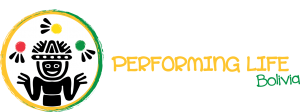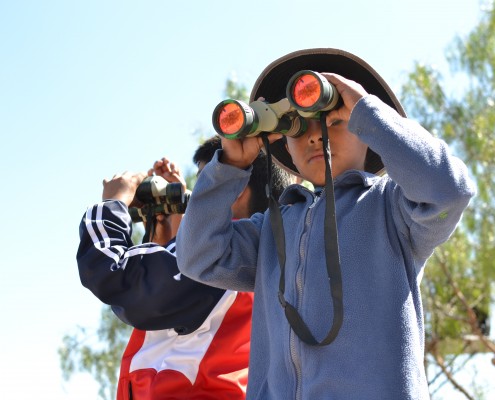Results
Several studies have documented the social and economic benefits for youth working with Performing Life, which focuses on using the creative process as a means for positive self-expression and confidence building. Youth-led and youth-managed groups that demonstrate respect for participants’ efforts are much more effective than programs which seek to criminalize youth work, pass laws against working youth, or coerce youth into “closed” group homes where choices and opportunities are greatly restricted.
Progress has been more challenging for the Music Project that works primarily with youth living on the streets. Tragically, three have died. However, at least 15% of those who have participated for more than a year have left the streets, which is a higher rate than many other programs aimed at these youth. They have moved into youth homes that collaborate with Performing Life or into their own rooms where they live independently. Others have reunited with family members. Some have moved to other cities where they have found regular employment.
Several of these at-risk youth have been able to transition into the Circus Arts classes, where they are in school, have a safe place to live, and have established savings accounts for money earned through the program. The youth who have successfully gotten off the streets have used the creative process to reinforce a determination for changing their own lives.
When participating youth turn 18 they must decide whether to continue working with Performing Life. They can become instructors in our various programs, obtaining paid work that helps them continue preparing for their future. Performing Life has also negotiated agreements with various educational institutions to ensure that young people in our programs can pursue post-secondary studies in any subject they want. The opportunities for a better and more creative future are great for those participating in our programs, and greater still for those who begin at 12 or 13 years old.
Conclusions
The statistics and personal stories representing Performing Life youth demonstrate remarkable organizational success, but even more remarkable is how these street kids, through the creative process, have helped themselves, their peers, their families, and ultimately their communities. These are talented, kind, and caring human beings who are not waiting for the future but are creating their own positive present right now.
A 2009 Case Study of street youth programs in Latin America found that:
“Performing Life demonstrates that an assets-building and sustainable livelihoods approach to development can empower youth to create opportunities and move beyond the day-to-day survival common with most street youth. Incorporating creative skills makes work more of a game that is played with peers in the practice sessions and in front of the public audience for earning money. It fulfills the need for work as identity. By increasing their skills and entertaining the public, the children gain positive recognition for their contributions to the quotidian life of the community.”



